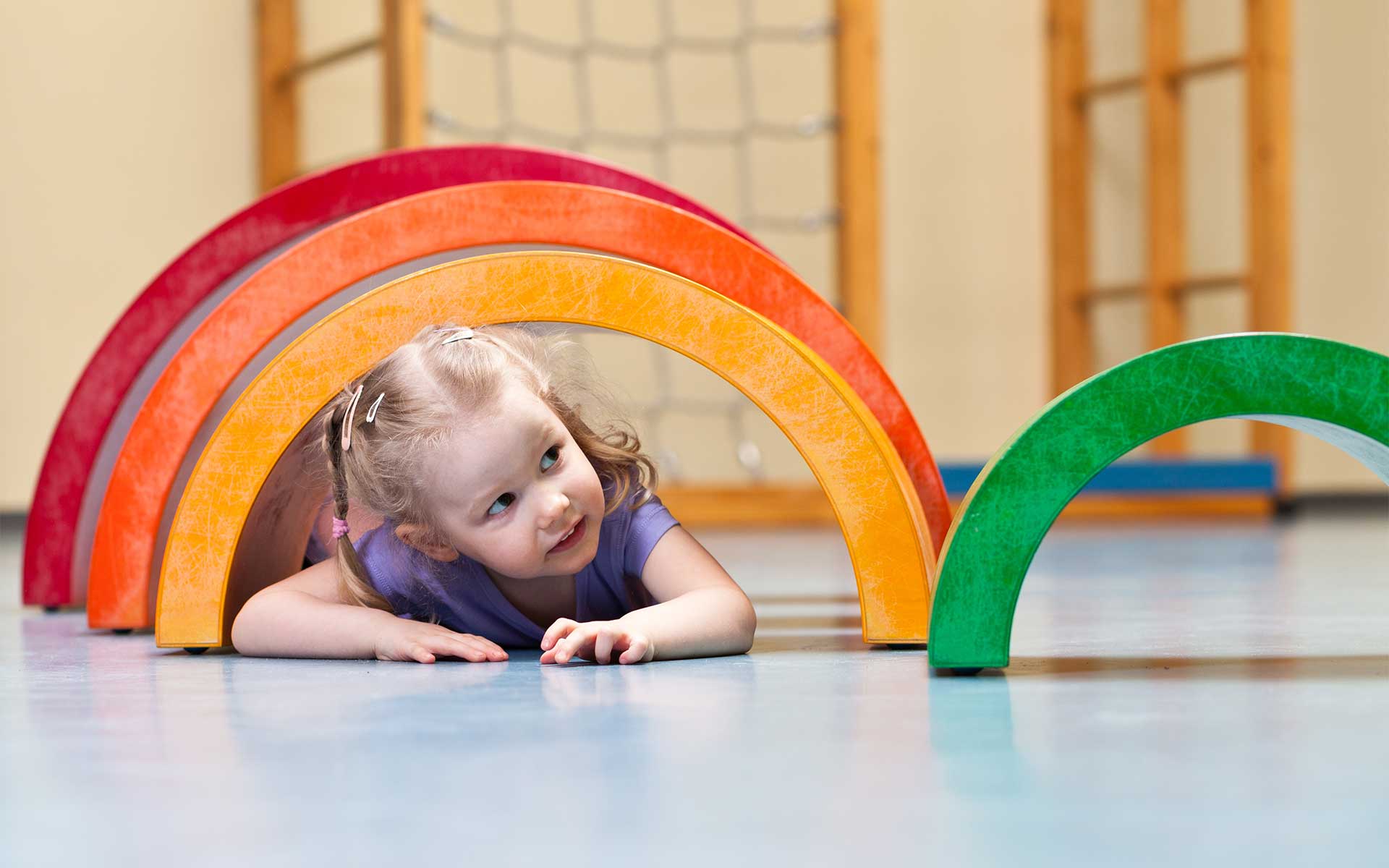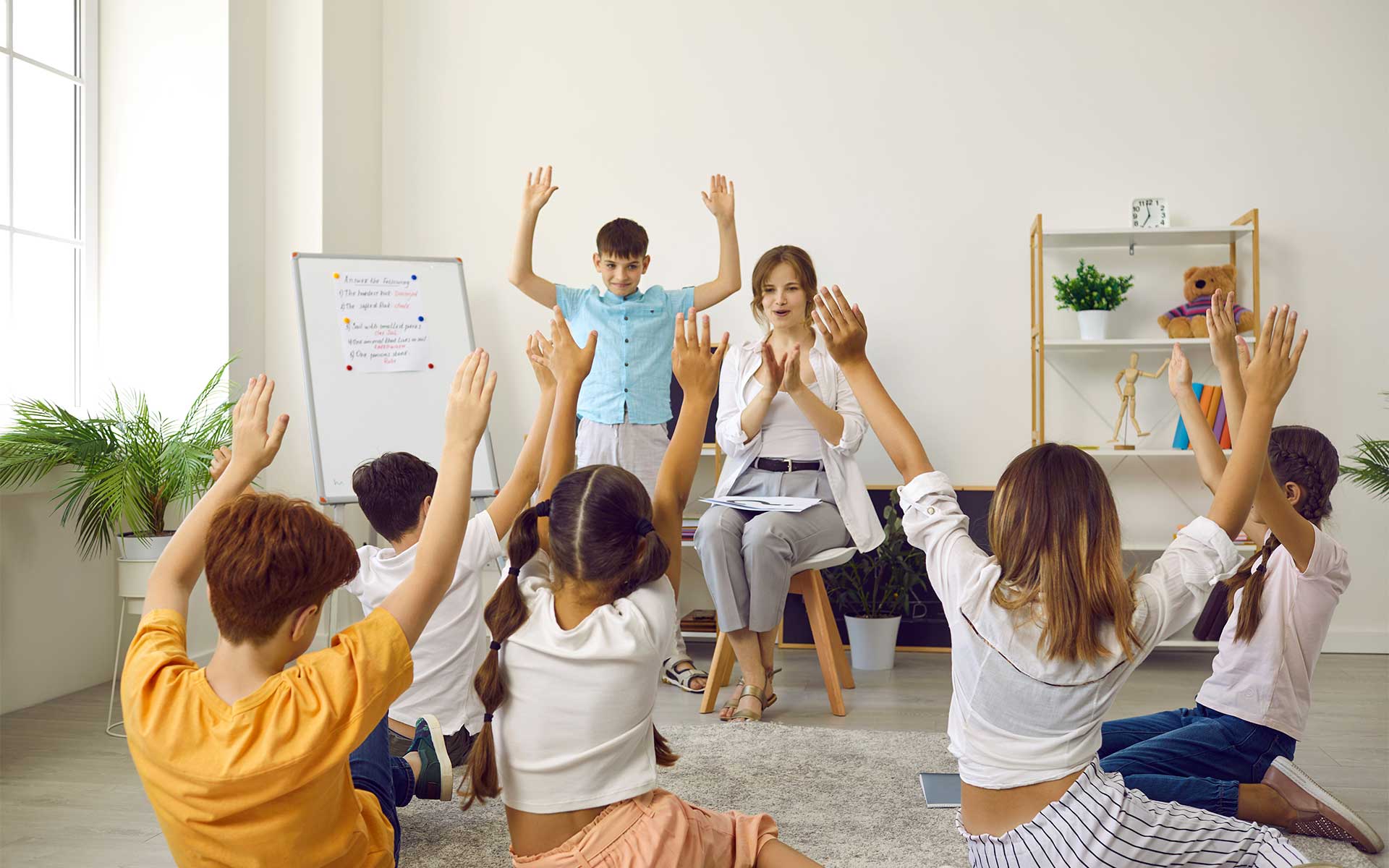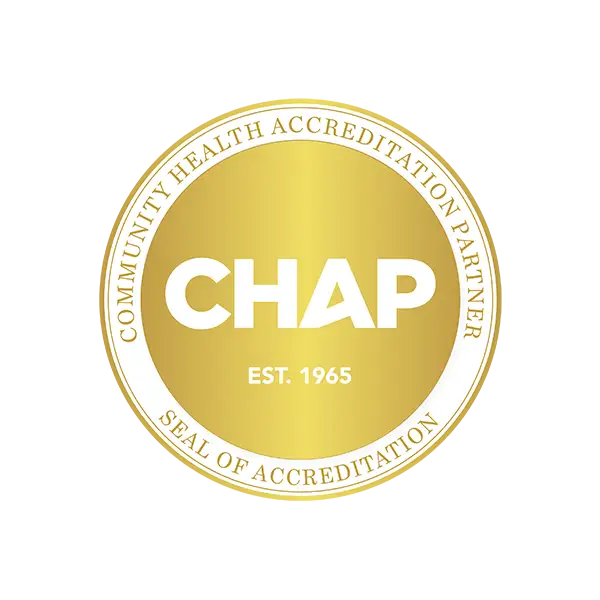
Parenting is an educational journey. From the beginning, we engage our children and teach them the world’s ways. Watching our tiniest loved ones reach milestones is exciting, yet not without pressure. Are our children reaching milestones as expected, and what can we as parents be doing to help them along the way?
Today’s post is about one of the foundational aspects of childhood: motor skills development. We’ll cover everything you need to know about motor development in children, the difference between fine and gross motor skills, and how to encourage healthy development at home using simple and effective expert-approved activities to help little ones thrive.
Understanding Motor Skills in Children
Motor skills in children refer to their ability to control and coordinate movements of their muscles, from tiny fingers to strong little arms and legs. Developing these skills from infancy through early childhood supports physical abilities like movement and coordination while also influencing cognitive, social, and emotional growth. Overall, motor skill development is pivotal to a child’s holistic development.
Motor development in children includes two categories: gross motor skills and fine motor skills. Gross motor skills encompass larger muscle and whole-body movements like walking, running, jumping, and climbing. On the other hand, fine motor skill development involves the smaller muscles and precise movements involved in writing, grasping objects, or tying shoelaces.
There are many reasons why motor development in children is essential to overall physical and cognitive growth and societal adaptation, including supporting the following:
- Physical development – motor skill development aids in building strength, balance, and coordination, allowing children to engage in physical activities confidently.
- Academic performance – fine motor skills play a significant role in academic readiness. They are essential for supporting success in activities such as drawing, writing, and even using technology.
- Social interaction – motor skill development enables children to participate in group activities, sports, and games that support social interaction and teamwork.
- Independence – motor skills are essential to activities that support self-reliance, like getting dressed, preparing food, and practicing personal hygiene.
- Cognitive development – motor skill development in children supports cognitive development learned through the problem-solving, spatial awareness, and cause-and-effect relationships inherent to physical activities.
- Emotional regulation – physical activities help children regulate emotions and reduce stress by providing a healthy outlet for pent-up energy and emotions.
Fun Gross Motor Skills Exercises

Although motor development in children may seem like a natural right of passage, it’s still a learned behavior that improves with practice. Therefore, it’s essential to encourage children to participate in gross motor activities that support physical and cognitive growth. Fortunately, these activities can all be categorized as play and are fun for all involved.
Following are a few gross motor activities disguised as fun games that parents can facilitate to support gross motor development.
‘Simon Says’ with a Twist
Simon Says is a classic interactive game that is fun to teach and learn and also provides endless opportunities for getting creative with movement that encourages thought. You can play Simon Says indoors or outdoors with one or multiple children, and it is appropriate for kids of all ages.
Playing this game has many benefits, such as incorporating kids’ exercise and practicing agility. It involves listening carefully, following instructions, and lots of movement with the large muscles in the body responsible for gross motor skill development.
The instructions are simple:
- Select a child to be Simon (can also be a parent/teacher/caregiver).
- Simon faces the child/children and calls out movement and action commands.
- When Simon gives a command beginning with “Simon Says” (i.e., “Simon Says stand on one foot”), the child/children must follow the command.
- If Simon gives a command that doesn’t begin with “Simon Says” (i.e., “Stand on one foot”), the child/children do not follow the command and stay still.
- Anyone who moves when the command does not begin with “Simon Says” is out and must sit down.
- The winner is the last child standing, who in turn can be Simon in the next round. If playing with a single child, the parent/caregiver can play Simon and give the child chances to play Simon as well.
The game requires no setup and can include fun variations for a twist on the original game, such as SuperHero Simon Says (using costumes and superhero moves), incorporating clapping patterns to follow, or incorporating everyday actions like brushing teeth or tying shoes where the kids mimic the action.
Obstacle Courses at Home
Setting up obstacle courses at home is a great way to engage children in activity, encourage listening and movement, and support problem-solving skills. Parents/caregivers can set up obstacle courses at home or outside – get creative and have fun! The key to the activity is to create safe and engaging courses that encourage physical development using gross motor skills, such as jumping, running, crawling, walking, pushing, pulling, lifting, and throwing.
Various household objects make indoor courses fun, like furniture, pillows, toys, toddler bikes, bean bags, soft balls, empty boxes, etc. Set them up in a way that requires gross motor skill effort to complete, such as lifting blankets to crawl under a table or riding an indoor pedaling toy around items spaced apart.
The same theories apply to outside courses – use what you have to create safe obstacles for kids to tackle. Some ideas include incorporating chalk lines and circles on sidewalks, utilizing outdoor playscapes, adding ball throwing or sandbox scooping, or using sprinklers to cool kids down on hot days.
Enhancing Fun Through Fine Motor Skill Activities

Fine motor activities for young kids offer many benefits that extend far beyond the development of physical abilities. They are critical to developing hand-eye coordination, encouraging creative thinking, promoting social interaction, and more. Following are a couple of activities that encourage fine motor development, especially hand-eye coordination, finger strength, and finger/hand dexterity.
Playdough Time
Playdough play is an excellent fine motor activity for young boys and girls, encouraging hand strength, finger dexterity, and creative thinking. All you need is playdough and a clean, flat surface. We suggest lining the surface with butcher paper, wrapping paper, wax paper, or anything that will keep the playdough from sticking to table surfaces.
Following are some creative play ideas:
- Playdough bakery – set up a pretend bakery for making various baked goods using playdough. They can create cookies, cakes, bread, and other treats using molds, rolling pins, and cookie cutters.
- Playdough nature creations – use natural elements like leaves, twigs, or flowers to create imprints or textures, which integrate nature into the playdough experience while inspiring unique creations.
- Playdough town or city – build a miniature town or cityscape using playdough where kids can make buildings, roads, vehicles, and even tiny people to populate their imaginative world.
- Playdough letters and numbers – practice forming letters and numbers with playdough to combine learning with hands-on fun, which can help children become familiar with the symbols.
Arts and Crafts as Activities of Fine Motor Skills
Like playdough, arts and crafts activities encourage creativity while developing fine motor skills, such as finger dexterity and precision, by incorporating items that require gripping (i.e., crayons, paint brushes, scissors, etc.). These activities are suitable any time of the year, indoors and outdoors. Although they require more supplies and cleanup, arts and crafts encourage concentration, finger precision, exploration, and fun.
- Finger painting – grab some non-toxic, washable paints and let kids use their fingers to create patterns, shapes, and designs on paper to encourage fine motor control. You can also incorporate sponges and other household items to add variety.
- Stringing beads, cheerios, or pasta – provide large beads, cheerios, or pasta tubes with yarn, string, or pipe cleaners for toddlers to thread to enhance hand-eye coordination and fine motor skills as they manipulate the items.
- Tearing and pasting collages – offer magazines, colored paper, and glue sticks for tearing and pasting onto a larger sheet to create collages, strengthening their pincer grasp and hand control.
- Cutting practice – using child-safe scissors, provide materials like playdough, straws, or paper that kids can cut. They can cut along lines or create shapes while learning to use and manipulate hand muscles.
- Sticker fun – provide stickers and paper for kids to peel and stick, encouraging hand strength and precision while allowing for creativity.
- Drawing – offer child-friendly crayons, markers, or pencils and encourage children to draw shapes, lines, or simple pictures to help them refine their grasp and control.
- Squirt bottle painting – great for outdoors! Fill squirt bottles with diluted, non-toxic paint and let kids squirt the paint onto paper or any old surface by squeezing the bottles, strengthening hand muscles while allowing for creative expression.
Incorporating Exercises for Fine Motor Skills Into Daily Routines

It’s easy to incorporate motor skills development into daily routines for kids, which is essential for their physical, cognitive, emotional, and social development. Doing so lays the foundation for a healthy and active lifestyle while positively impacting their growth and well-being. Following are some tips for parents to consider when planning their activities.
Safety First: Tips for Parents
As pediatric home health experts, we always encourage child safety above all else when offering parenting tips for motor skill development activities. Ensure indoor and outdoor activities are supervised and coordinated with age-appropriate materials.
Also, children of different ages have varying physical and cognitive development levels and meet child development milestones accordingly. Therefore, activities should align with developmental stages to ensure they are challenging enough to encourage growth – but not too advanced to cause frustration or discouragement. For example, younger children might not have the coordination or muscle control for certain activities that older kids can handle, so tailoring activities to match their abilities minimizes the risk of injury and ensures a safe environment for exploration and learning.
Tracking the Progress of Exercises to Develop Fine Motor Skills
Although the activities we’ve covered today may seem like play to kids, they are also excellent opportunities to develop the foundational motor skills necessary to meet child development milestones. Therefore, it is vital to monitor children’s progress. If a child shows persistent or significant delays or difficulties in acquiring motor skills appropriate for their age, a motor skills assessment may be needed.
Early intervention is critical to addressing motor skill challenges and supporting a child’s overall development. When concerns arise, it’s advisable to consult with a pediatrician, occupational therapist, physical therapist, or developmental specialist. These professionals can assess the child’s motor skills, identify any underlying issues, and develop an intervention plan tailored to the child’s specific needs.
Motor skill development with regular motor skills exercises contributes to a child’s holistic development. The whole-body and small-muscle movements involved in these activities help build strength, coordination, balance, and control – and children who feel confident in their physical abilities are more likely to engage in social play and explore new environments. Therefore, it’s important to implement regular motor skill-building activities into daily routines for developing children.
If your child is not meeting motor skill developmental milestones, KidsCare Home Health can help. The belief that pediatric occupational, speech, and physical therapy is most effective when conducted one-on-one in a familiar environment, such as the home, with family members and caregivers working together is foundational to our practice.
Contact Us for Help With Motor Skill Development Challenges Today!
Frequently Asked Questions About Activities to Improve Fine Motor Skills for Kids
What Age Should Children Start Motor Skills Exercises?
Motor skills development begins from infancy. However, structured exercises can start around two years of age. Tailoring activities to suit the child’s developmental stage is crucial for effective and safe skill enhancement.
How Often Should Children Do These Exercises?
Incorporating motor skills exercises into daily routines is ideal. Even 15-30 minutes a day can significantly contribute to a child’s motor development. Regular practice is more beneficial than duration.
Can These Exercises Help Children with Developmental Delays?
Yes, motor skills exercises are often recommended for children with developmental delays. They should be tailored to the child’s specific needs and abilities, and professional guidance from a therapist or pediatrician is advisable.
Are There Any Risks Associated with These Exercises?
When done properly and under safe conditions, these exercises are generally safe. However, it’s important to create a safe exercise environment and to be mindful of the child’s limits to avoid injuries.
How Can I Tell if My Child is Progressing in Motor Skills?
Progress can be seen in improved coordination, balance, strength, and dexterity. Keeping track of how your child performs certain activities over time can help you notice improvements.
Do These Exercises Require Special Equipment?
Most exercises can be done with common household items or simple equipment like balls, playdough, and art supplies. The focus is on creativity and using what is readily available to encourage movement and coordination.
Should I Consult a Professional Before Starting These Exercises?
If your child has a known developmental delay or a medical condition, consulting a pediatrician or a physical therapist is recommended. For most children, these exercises are safe to try without professional guidance.
Can Motor Skills Exercises Be Fun for Kids?
Absolutely! The key is to make these exercises feel like play. Games, challenges, and imaginative play can make motor skills development both fun and effective for children.















